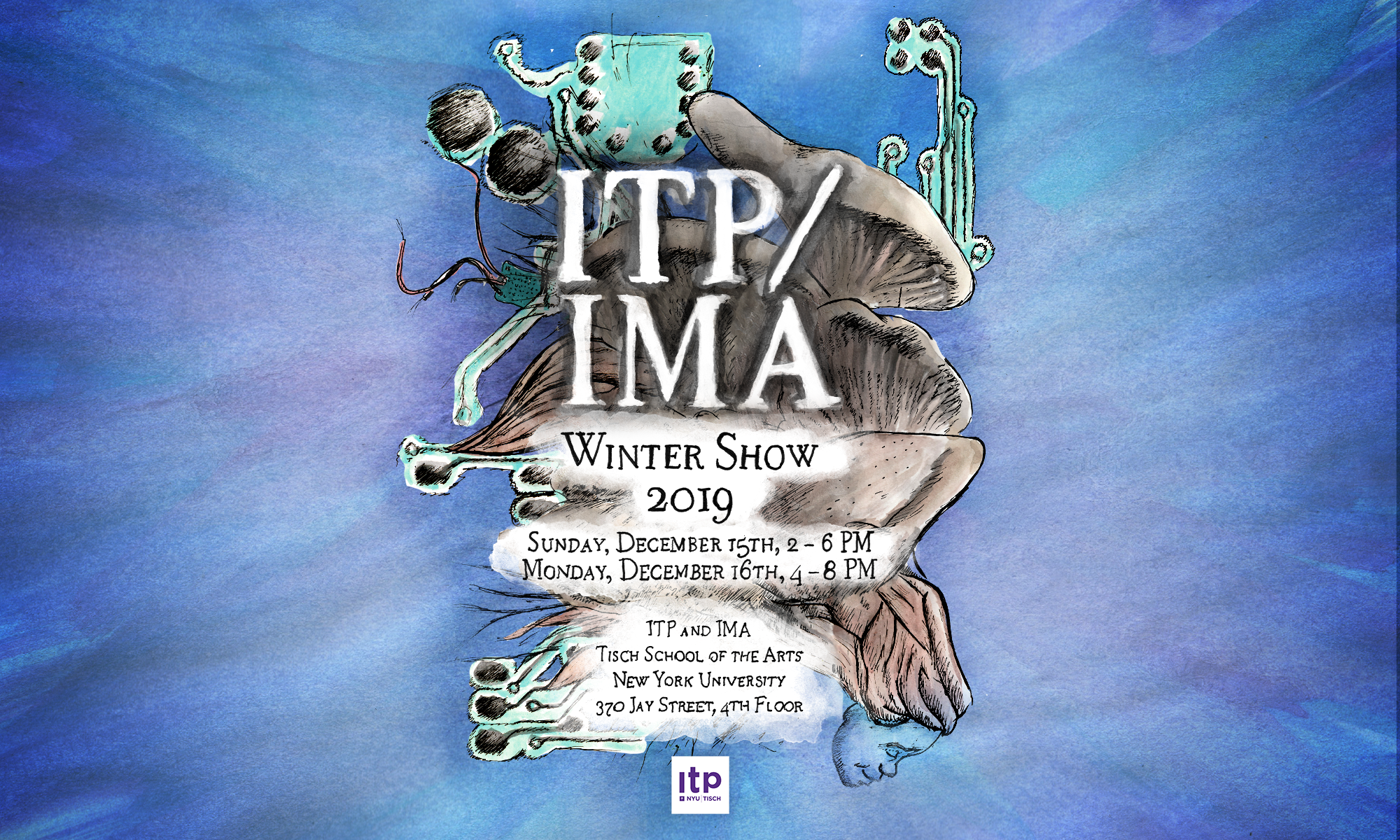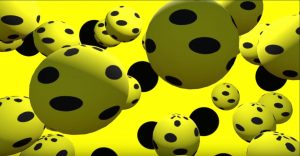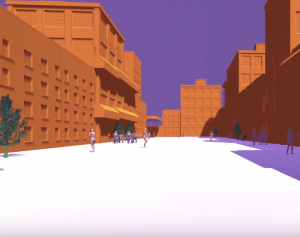Abby Ausmus, Lilian Yang
Yayoi Kusama’s theories and art brought to fruition in an infinite virtual universe.
https://docs.google.com/presentation/d/17R9XQ_xXUDRjy46K59dPMIv–8BC7z0TOHmp8fUPW5c/edit?usp=sharing
Description
One visitor enters at a time, into a room covered in mirrors: floors, ceilings and walls. As the door closes behind them, along with the world, the now dark room is lit only by small circular LED lights descending from the ceiling. The person becomes an integral part of the piece, invited to ponder their place in the universe as they stare at the infinite number of reflections of themselves. Among the seemingly countless particles, they feel almost lost in the room, until their humanness is what the artist likes to call “obliterated.” The observer feels themselves become one with the lights scattered across the room, as the person too is scattered all over the room. And yet, an enchanted and uplifting existentialism consumes them.
Contemporary Japanese artist Yayoi Kusama explores the concept of infinity and existentialism in her works. She calls her ideas about existentialism “obliteration,” the idea that everything can be broken down into infinite particles. Her installations often simulate an infinite space, littered with repetitive polka dots and lights, creating a sense of awe and tranquility.
We based our work off some of her installations, and her theoretical claims such as we are one particle amongst infinitely many others, just as our planet is one particle amongst infinitely many others. In addition, we incorporated her theory that dots obliterate us and our environment into infinity, uniting us with our surroundings.
This virtual reality experience is meant to mirror Kusama’s reality as a single particle amongst many, allowing the user to feel engulfed by a world of dots and patterns. Exploring various environments with interactive objects, the user experiences hallucinations similar to those described by Kusama, navigating through a journey about life before death in a virtual space.
Classes
Immersive Experiences (UG)



